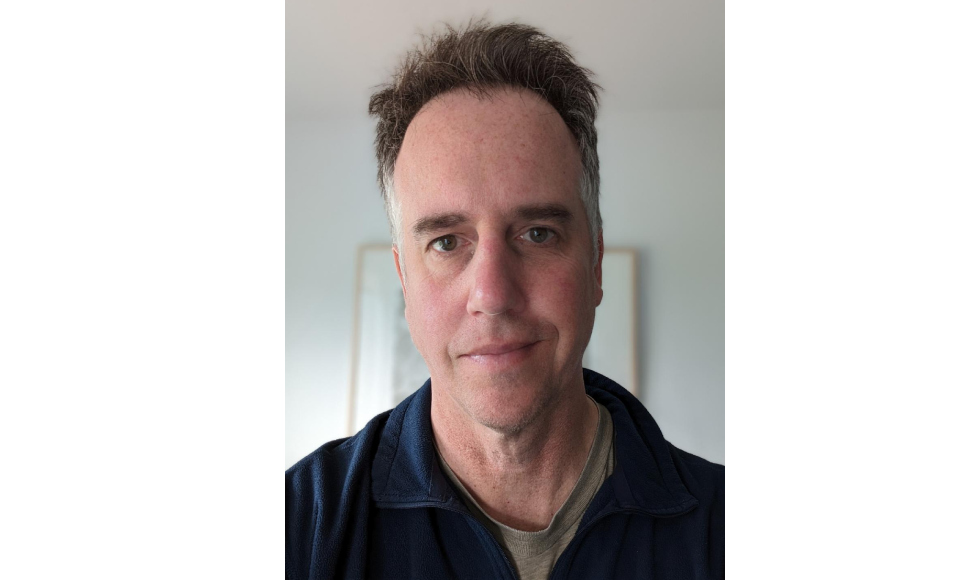‘Jump into as many opportunities as possible:’ A conversation with Kristian Clarke ’95 (Art History)

Kristian Clarke, currently the executive director of the Federation of Canadian Artists and a 1995 art history graduate, has spent his career working in culture — from museums to dance to visual arts. He is the second generation in his family to attend McMaster, as his mother, Antje, attended McMaster for teacher’s college. In this Q and A, he shares some thoughts about his career and about his time at McMaster.
Tell me a little bit about your time at McMaster.
I studied art history at McMaster until 1995 and was also on the swim team for a year. I very much enjoyed my supervised reading course with Dr. Scott where we discussed 17th-century Dutch art. One athletic highlight was when we managed to upset U of T at the Ontario Championships in 1993. My time there was a great mix of socializing, playing hacky sack, and making friends, many of whom I’m still close with today.
What did you do in those first few years after graduating from McMaster?
After graduating, I headed up to Dawson City to work as an interpreter at the local museum. I also had a unique role as a doorman at Diamond Tooth Gerties, which I believe was Canada’s first casino. In 1996-97, I completed an MA in Country House Studies at the University of Leeds and later spent six months as an assistant curator at Canada House in Trafalgar Square, London.
You have spent a great deal of your career working for organizations that support Canadian art and artists. What called you to this industry, and what does this work mean to you?
After my time in London, I knew I wanted to continue in the arts. I found the Postgraduate Certificate in Arts Administration at Humber College, which offered internships, including one that led me to CARFAC Ontario, an advocacy body for professional visual artists in Canada. Supporting Canadian artists has allowed me to help amplify their stories and voices, which I find deeply rewarding.
I recently relocated to Vancouver after over four years of working with Dancers at the Dancer Transition Resource Centre (DTRC) as my wife, Krisztina Szabo, got a job in the Faculty of Music at UBC. My office is now a beautiful gallery space in Granville Island. Eight months ago I took on the role of executive director at the Federation of Canadian Artists (FCA) which is almost 85 years old, founded by several of the Group of Seven members, including Emily Carr. We focus largely on producing over 20 exhibitions each year and amazing educational programming for visual artists of varying levels.
Is there a moment in your career that you are particularly proud of?
I’m proud of the advocacy work at CARFAC, particularly our push for standardized artist fees at the National Gallery of Canada. It took over a decade, but in 2014, the Supreme Court ruled in CARFAC’s favor. Another proud moment was developing the “Not In Our Space” campaign at Canadian Actors’ Equity Association, which educates performers on their rights and provides support in challenging work environments.
What advice do you have for fellow alumni who work in the arts or graduated with an arts/liberal arts degree?
My advice is to jump into as many opportunities as possible. Paid internships through programs like Young Canada Works or Canada Summer Jobs are excellent entry points. Show your passion and commitment, and organizations will often find ways to keep you. Volunteering at events or joining committees is another great way to build connections; you’ll be top of mind when positions open up.
What is the state of art in Canada?
Having worked across different arts organizations, I’ve seen the unique challenges they face, especially post-pandemic. While audiences are slower to return to live events and inflation impacts spending, there’s also promising news. For example, the City of Toronto is investing heavily in arts and culture under Mayor Olivia Chow, seeing the arts as a vehicle for community and economic growth.
How can fellow alumni best support the arts in their corner of the world?
It’s tempting to consume all our content online, but I encourage supporting the arts locally. For visual art, remember that commercial galleries and artist-run centers are free and often supported by government grants—so pop in! If you enjoy the experience, consider making a donation. Aim to attend at least one live performance each year, or look for Pay What You Can (PWYC) options to make it budget-friendly.
Humanities, School of the Arts